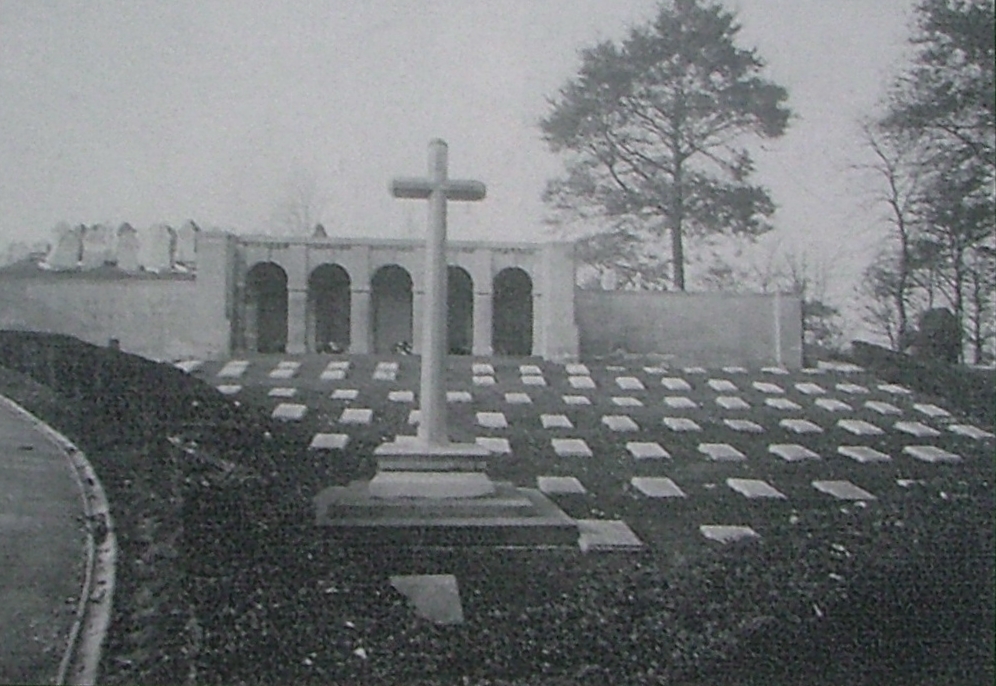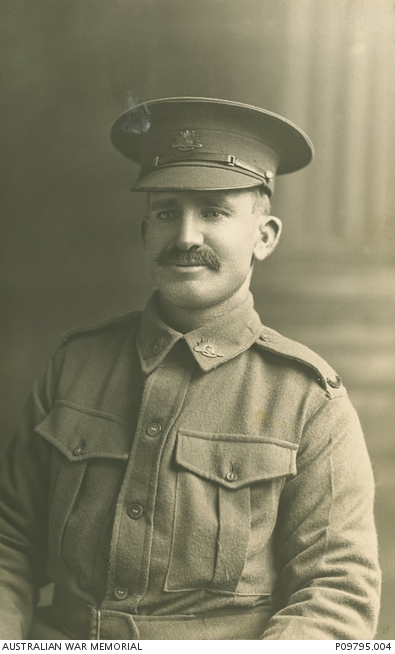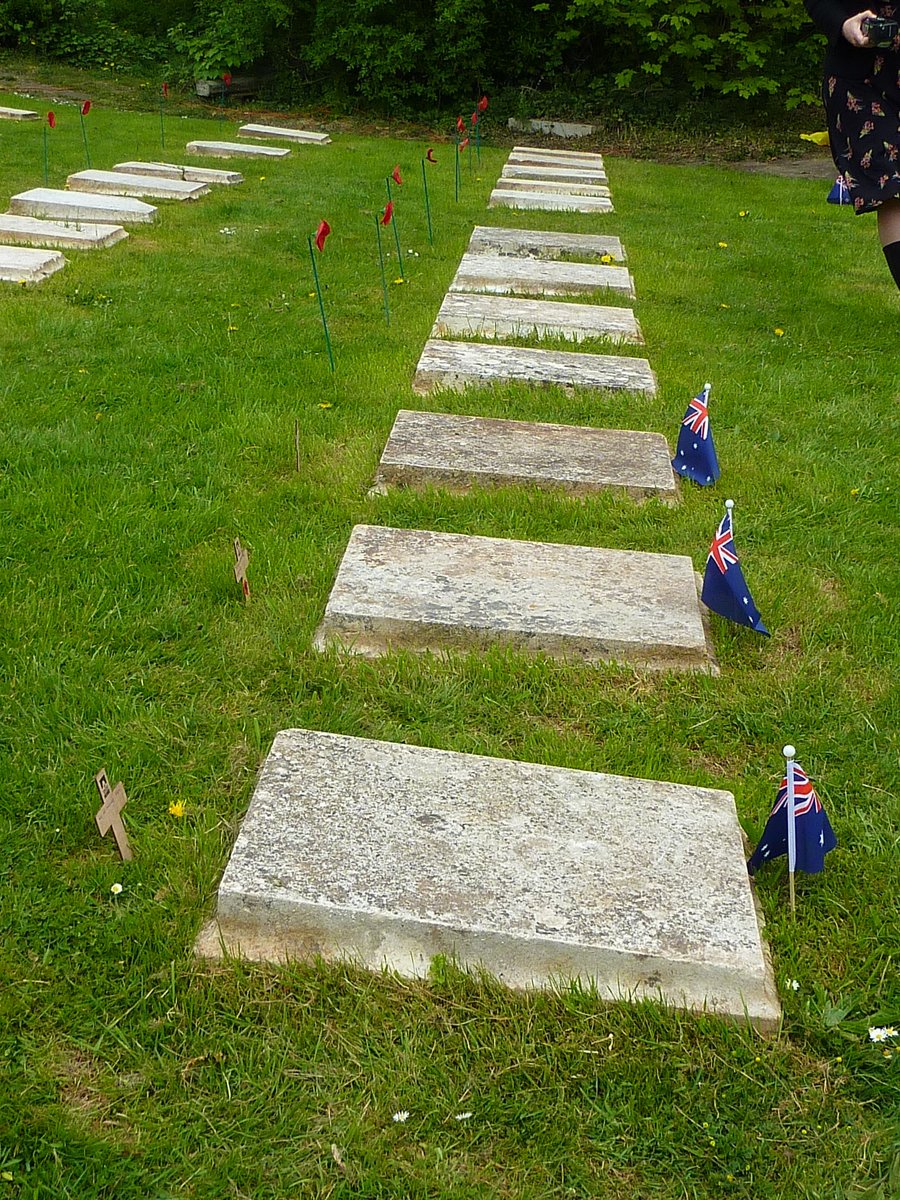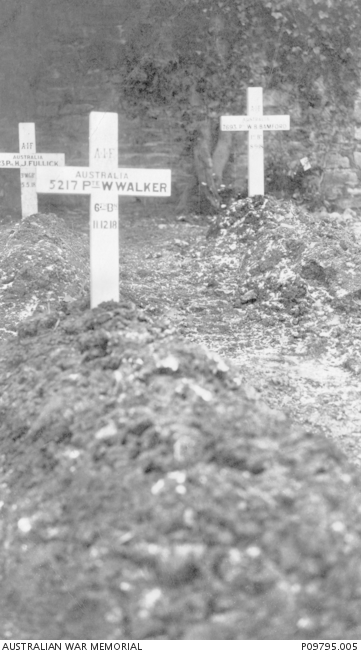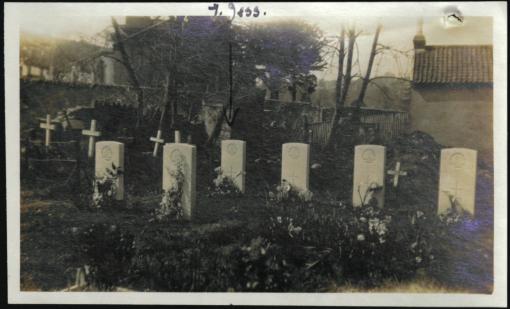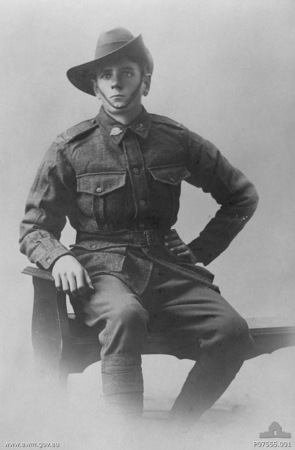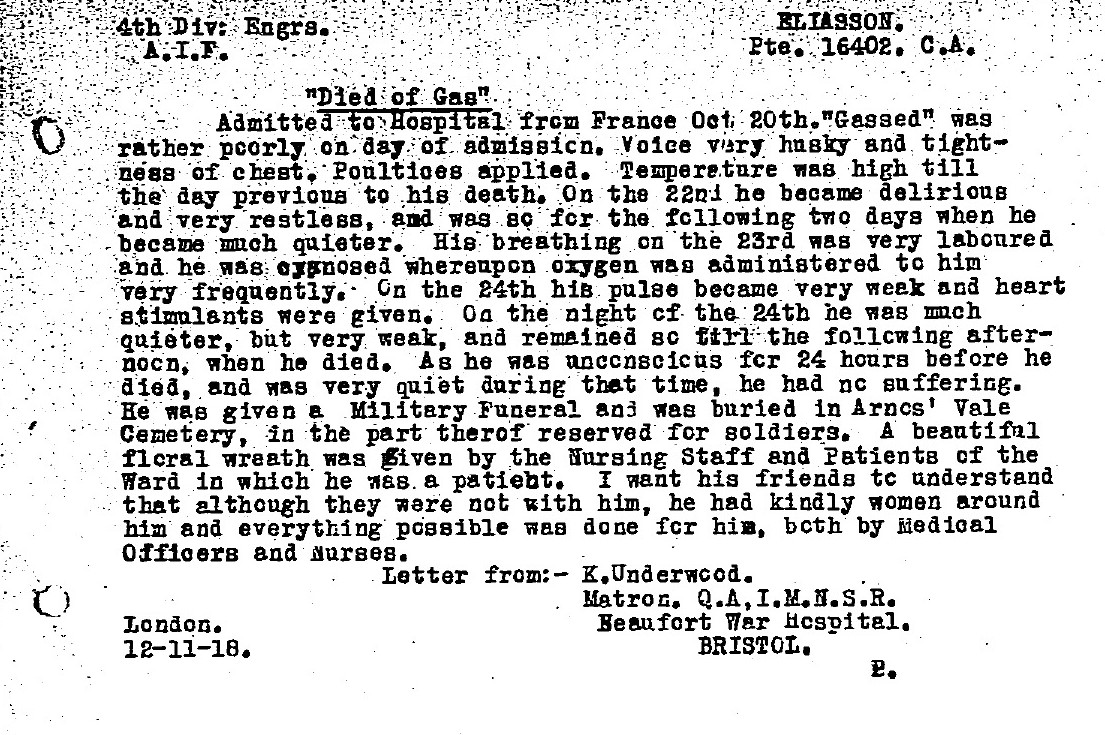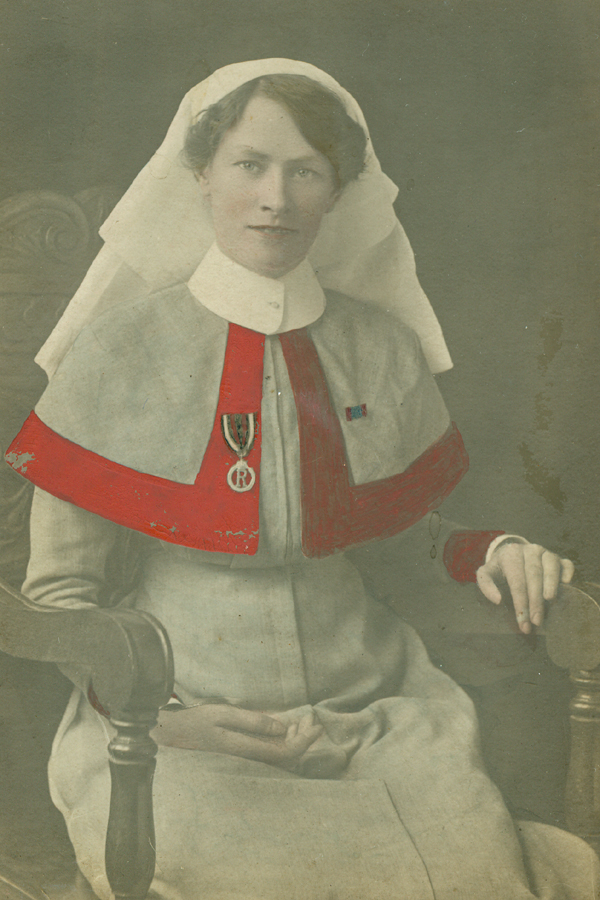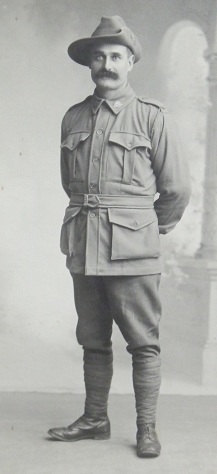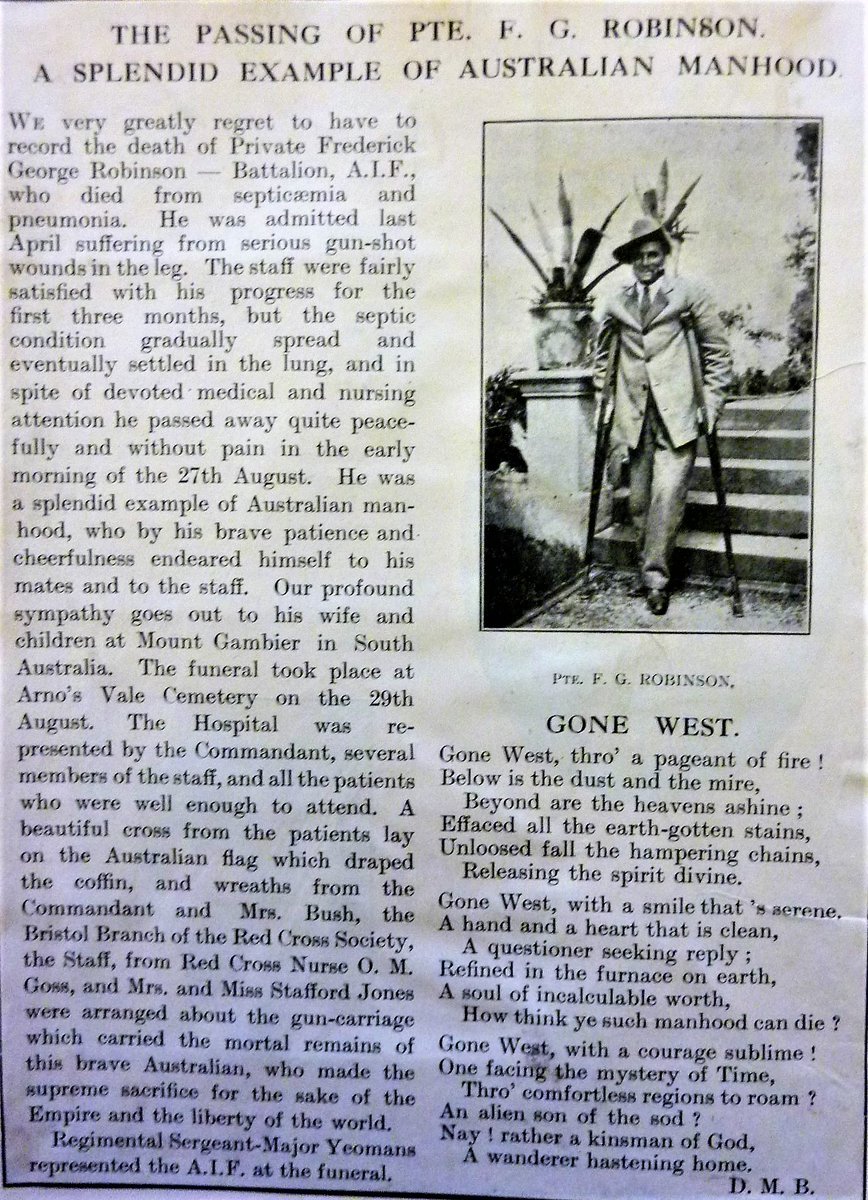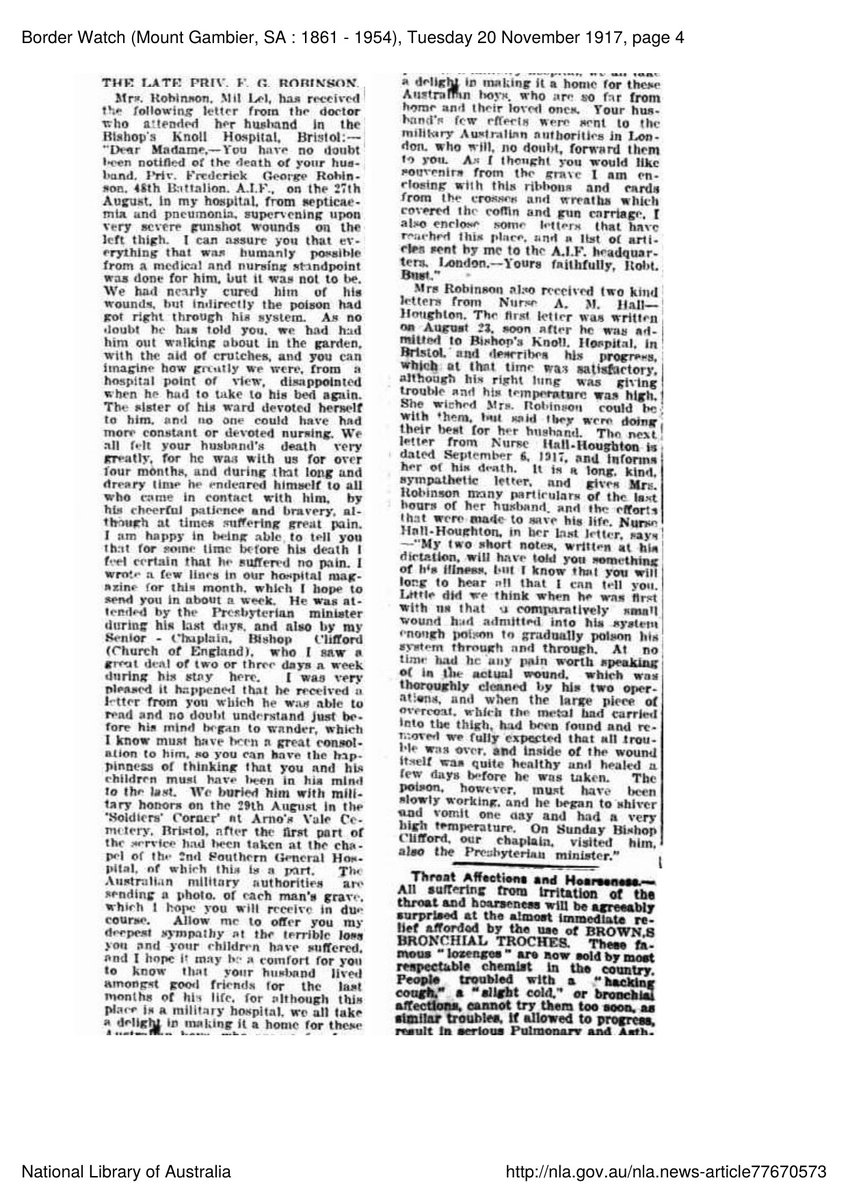Today is #anzacday  https://abs.twimg.com/hashflags... draggable="false" alt="">. It is an important day in the calendar for Arnos Vale cemetery, in Bristol ( @ArnosValeCem) and I usually do a tour there on Anzac Day every year. Because the cemetery is closed at the moment, I am tweeting a virtual Anzac Day Tour this morning.
https://abs.twimg.com/hashflags... draggable="false" alt="">. It is an important day in the calendar for Arnos Vale cemetery, in Bristol ( @ArnosValeCem) and I usually do a tour there on Anzac Day every year. Because the cemetery is closed at the moment, I am tweeting a virtual Anzac Day Tour this morning.
The focus will be on the graves, memorials and stories of the cemetery connected to Australian and New Zealand servicemen and women (and in one case, a service animal) and the First World War. Some connections are to Bristol& #39;s history more broadly.
This is Soldiers& #39; Corner in the Cemetery. There are about 240 men buried here, in 82 grave plots. One British officer, and all the Australian (20) and Canadian casualties are buried on their own, while the others (British, Newfoundland and South African) are buried with comrades
This is because the Imperial government agreed with Australia and Canada that their war dead would be buried in single graves.
Because the British government decided early in the war on a policy of non-repatriation of bodies of the dead, all these men died in or near Bristol of wounds, disease, or fatal accident. Private William Walker, AIF, drowned in Bristol Harbour in December 1918, for example. RIP.
You can see that the grave markers are unique to the site and are quite different from the usual Commonwealth War Grave Commission ( @CWGC) design. They were installed by the Bristol branch of the British Red Cross Society before the dedication of the memorial in October 1921
Before that, simple crosses were used. Here is Private Walker& #39;s grave.
In the Roman Catholic cemetery next door, normal Imperial War Grave Commission (what @CWGC was then called) headstones mark the graves of the seven Australian servicemen buried there.
This is Sapper Carl Eliasson of the 4th Division Signals Co., AIF. He was gassed at Busigny on 17 October 1918, and admitted to Beaufort War Hospital in Bristol 3 days later.
He died of gas poisoning on 25 October, and was buried at Soldier& #39;s Corner 31 October 1918. This is the letter written by Kate Underwood, Queen Alexandra& #39;s Imperial Military Nursing Service, matron of the hospital, to the Red Cross. I find it very moving.
Here is Miss Underwood. I think of her dedication to her duty, and her young patients, and of her sitting down to write that beautiful letter the day after the Armistice.
This is Private Frederick G Robinson, 48th Bn AIF, aged 41, who died in Bishop& #39;s Knoll Hospital, Bristol, in August 1917 of sepsis and pneumonia after a thigh wound
And this is his entry in the hospital magazine, notable for the inclusion of a poem by the young daughter (& #39;DMB& #39; or Diana Mary Bush) of the hospital owner and commandant. We will hear more about this remarkable hospital later on.
Finally, here is the text of the letter written to Private Robinson& #39;s widow in Australia by Robert Bush of Bishop& #39;s Knoll; evidence of the culture of care and consolation aimed at lessening & #39;the tyranny of distance& #39; for bereaved Australian relatives
We are going to move on from Soldiers& #39; Corner now, and explore some other parts of the cemetery. Please excuse a short break while I put together the next section of the tour.

 Read on Twitter
Read on Twitter